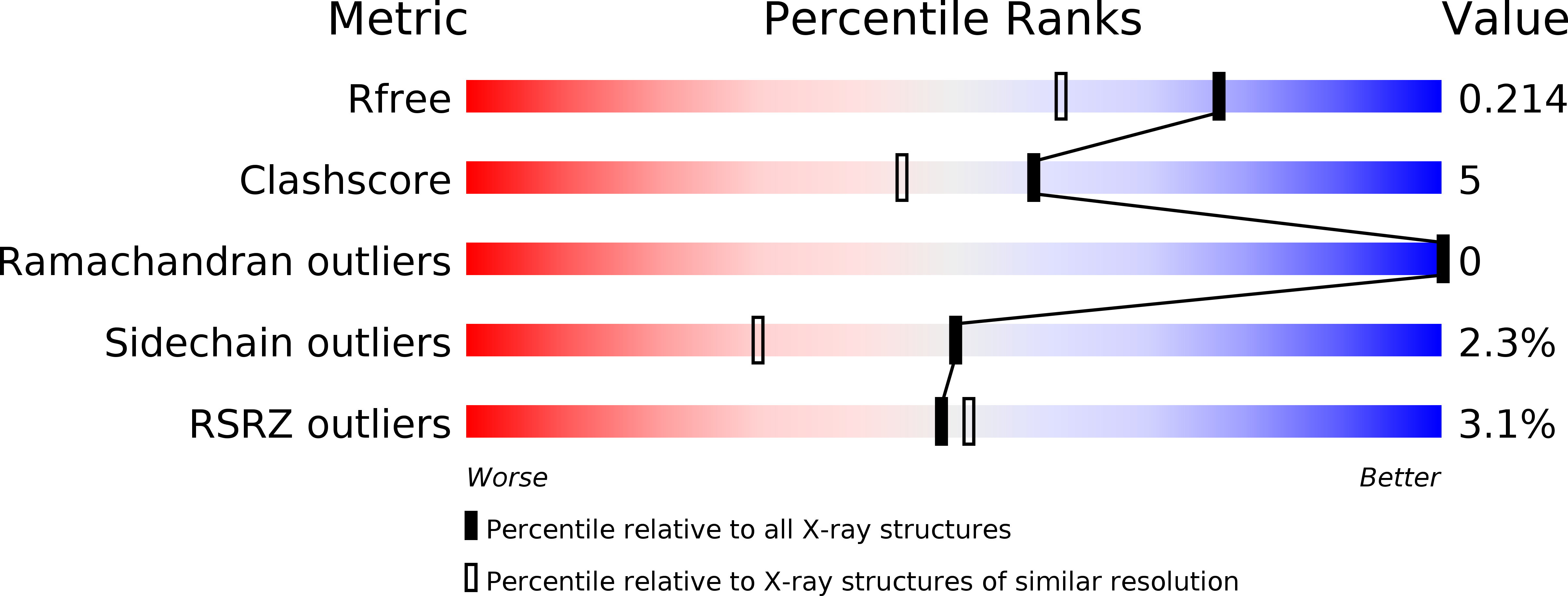
Deposition Date
2009-04-13
Release Date
2009-07-14
Last Version Date
2024-05-08
Entry Detail
PDB ID:
2WFP
Keywords:
Title:
Crystal structure of mannose 6-phosphate isomerase (apo form) from Salmonella typhimurium
Biological Source:
Source Organism:
SALMONELLA TYPHIMURIUM (Taxon ID: 99287)
Host Organism:
Method Details:
Experimental Method:
Resolution:
1.67 Å
R-Value Free:
0.21
R-Value Work:
0.18
R-Value Observed:
0.19
Space Group:
P 21 21 21


